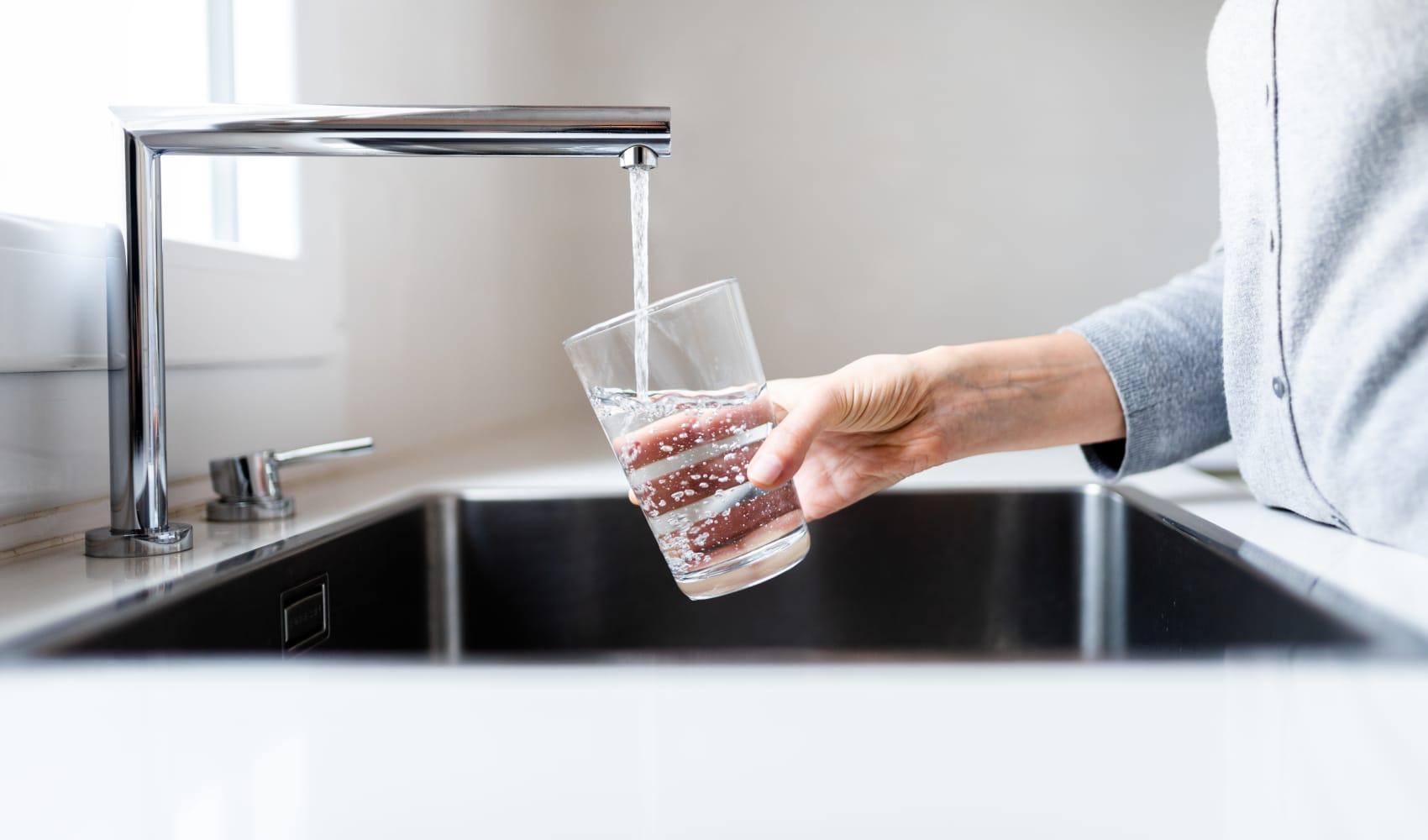Suzee Bailey typically starts her day with tea. She uses water from her under-sink reverse osmosis filtration system.
“I have a son, and I remember years ago, I was always worried about what is he putting in his body. So I've always been worried about drinking water,” Bailey said.
Since then, she has equipped her Fort Lauderdale home with not just an in-house reverse osmosis system, but also a carbon filtration system.
Even though the water being pumped to Bailey’s home comes from the local water treatment facility, that doesn’t squash her concerns.
The Hurricane season is on. Our meteorologists are ready. Sign up for the NBC 6 Weather newsletter to get the latest forecast in your inbox.
Federal guidelines put limits on how much certain contaminants can be in our drinking water, but traces of things like barium, arsenic, mercury, and nitrate can still be detected.
Water facilities track how much of these contaminants are identified after treatment and the information can be found on the water quality report released each year by your water district.
“What you can do, the most important thing is, you need to read the report from where your water is coming from,” said University of Miami professor Naresh Kumar, PhD.
But these reports are just a snapshot in time and don’t always account for what takes place after the water leaves the facility and starts traveling to your home.
“But if you have old pipes that you're putting that quality water through, you're going to degrade by the time it goes to the tap,” said the City of Plantation Utilities Director Daniel Pollio.
Bacteria, heavy metals, and chemicals may leach into the water as it travels through the pipes in the distribution system to your house.
When you see a boil water alert, it means the water is contaminated. It can happen in a number of ways like a breach in the piping system, corroded pipes, or a water main break that drops the water pressure leading to issues.
Sometimes disinfection products used during the treatment process can create contamination.
When your drinking water is contaminated, your water district is required to notify you.
It’s what the city of Lauderhill did back in July after they reported elevated levels of a disinfection byproduct called total trihalomethanes.
It’s the type of contamination that happens when chlorine used in the treatment process reacts with other chemicals in the water.
In an emailed alert, the city of Lauderhill notified residents “Testing results from the 3rd Qtr. 2023 through the 2nd Qtr. of 2024 show that our system exceeds the standard, or maximum contaminant level (MCL), for TTHM.”
The city did fix the problem. In an email to NBC6 Responds they said, “Follow up testing revealed that once the system was flushed, it returned to lower TTHM levels that were in line with previous sampling events.”
But despite the fix, issues like this can erode public confidence and can result in people asking questions about water quality.
“I started doing research and finding out we need, you know, people need to know this,” Bailey said.
For Bailey, she poured her passion for water quality into the founding of the local non-profit Residents for Resilience. The group focuses on advocating for safe-clean drinking water, flood mitigation, coastal resiliency, and waterway restoration in Florida.
“It's hard to care about what you don't know about. So, we really try to bring knowledge to the people so that they can make educated decisions,” Bailey said.
Bailey says her organization is advocating for local water quality testing results to show up on water bills so consumers can get a monthly look at what’s in their water.
Concerned about water quality? We want to hear from you. Please fill out our online survey here.



